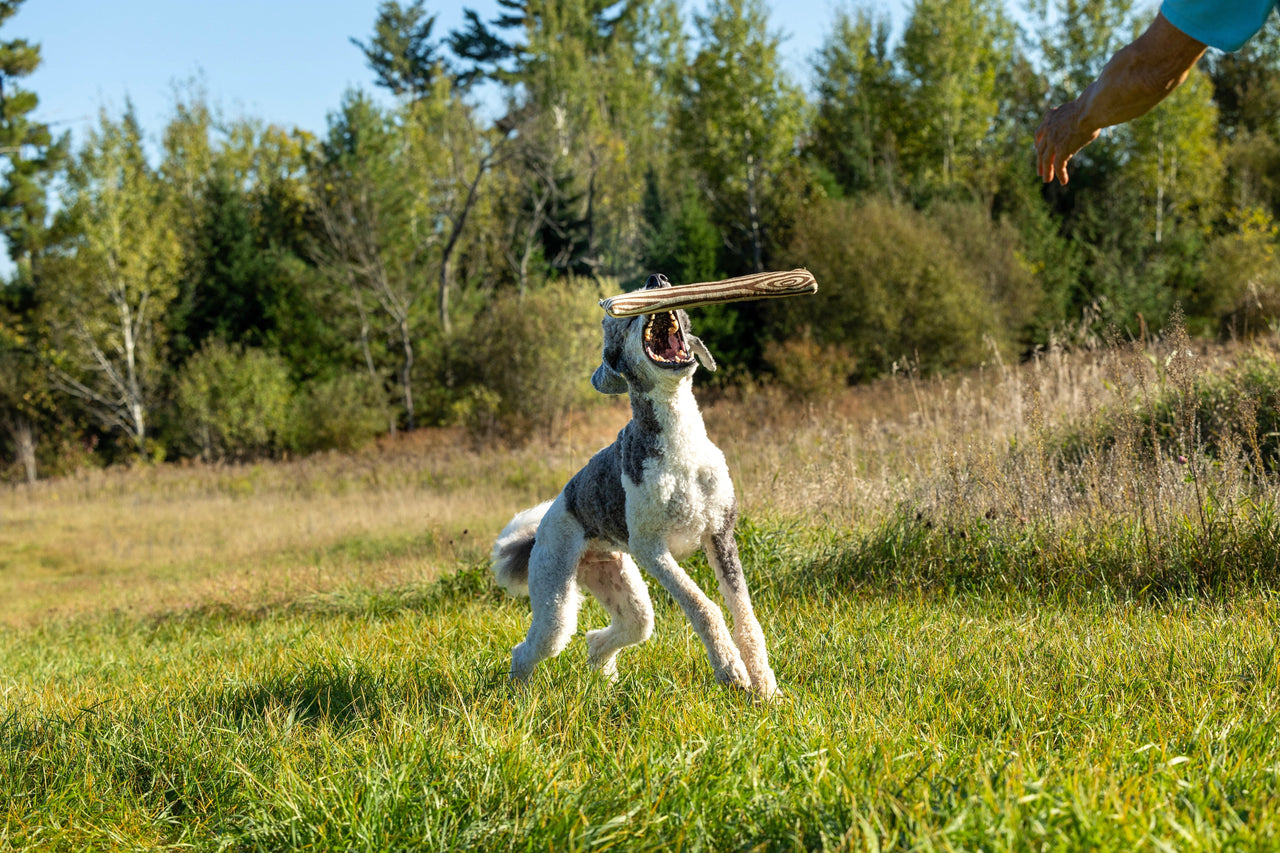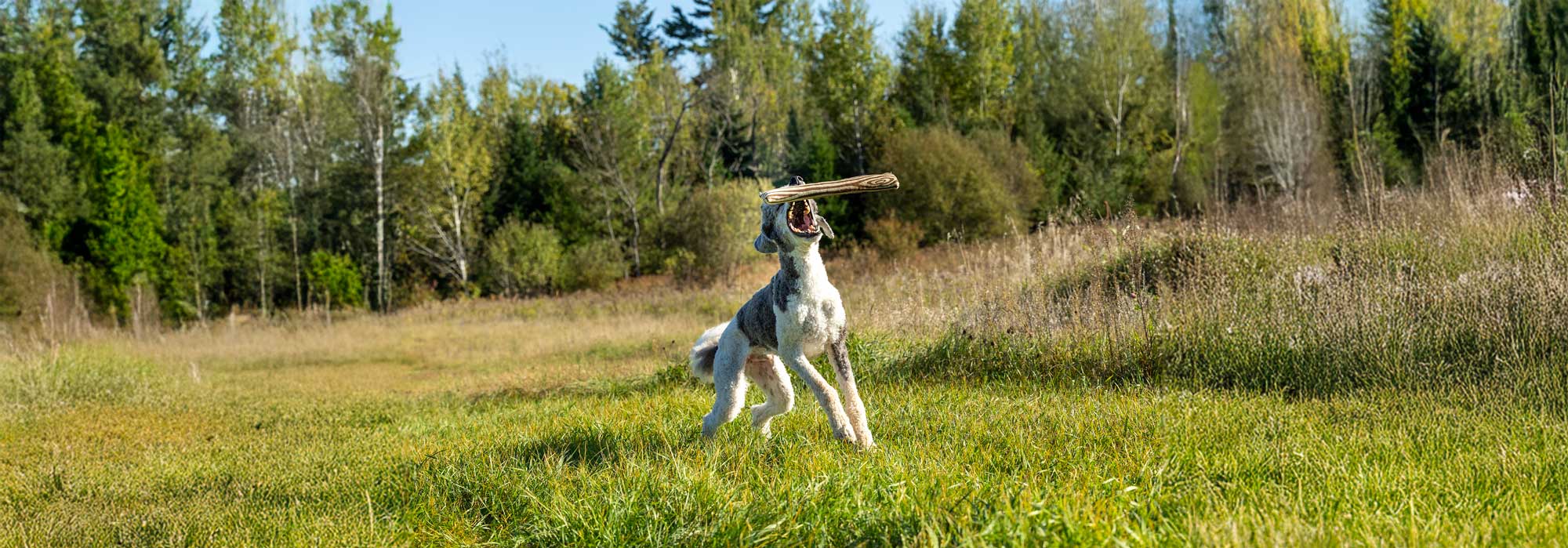Tips for Safely Stretching Your Canine Companion to Prevent Muscle Tears
Dogs can gain a lot from regular stretching much like humans do to keep their muscles flexible and prevent muscle strains. Stretching benefits your dog's overall health and lowers the risk of injury, especially in energetic dogs or those who are prone to muscle problems. These suggestions for safely stretching your dog are provided in this blog post to assist them in avoiding muscle tears and maintaining peak physical condition.
1. Start with a Warm-Up
Warming up your dog's muscles is essential before any stretching exercises. Going for a quick stroll or engaging in some light play will help to improve blood flow to their muscles and get them ready for stretching exercises.
2. Gentle and Gradual
Always stretch your dog gradually and gently. Avoid making any abrupt or strong movements because they can cause harm.
3. Respect Your Dog's Limits
Each dog is unique, and not every dog is as flexible as another. Be mindful of your dog's comfort zone and don't push them past it.
4. Perform Stretches Regularly
Regularly incorporate stretching into your dog's regimen. Maintaining flexibility and avoiding muscle injuries over time requires consistency.
5. Focus on Major Muscle Groups
Focus on extending your dog's neck, shoulders, back, hips, and legs as well as other important body parts. Muscle tears are more likely to occur in certain places.
6. Neck Stretch
How to: Carefully shift a reward to one side while holding it in front of your dog's nose. Your dog's neck will automatically extend as they follow the treat with their nose. Hold the stretch for a short while before moving to the opposite side.
7. Shoulder Stretch
How to: Gently press down on your dog's front paw while they are standing to cause them to extend their leg forward. Before releasing the stretch, hold it for a short while. On the opposite side, repeat.
8. Back Stretch
How to: Gently run your hand over your dog's spine while they are standing, putting light pressure on the muscles on either side. From the neck's base to the tail, move.
9. Hip Flexor Stretch
How to: Gently stretch one rear leg outward while your dog is resting on their back. Hold the stretch for a few seconds. On the opposite side, repeat.
10. Leg Stretch
How to: Gently grasp your dog's paw in your palm, flex their leg backward, and do this several times to stretch their muscles. Hold for a little while, then switch to the other leg.
11. Be Attentive to Body Language
While stretching, pay special attention to your dog's body language. Stop right away if your dog appears uneasy, nervous, or in pain. You must make sure that stretching continues to be enjoyable for your dog.
12. Consult a Professional
Consult a veterinarian or a trained dog trainer if you have questions about how to stretch your dog properly or if you are worried about the condition of your dog's muscles. They can offer advice and adjust a stretching exercise to your dog's particular requirements.
13. Patience and Praise
Use praise and positive reinforcement to encourage your dog to cooperate during stretching exercises. They will enjoy stretching more as a result of this.

Conclusion
Regular stretching is a great technique to keep your dog's muscles flexible, prevent muscular injuries, and improve their overall health and wellbeing. You may assist your dog in being flexible, active, and injury-free by adhering to these recommendations and paying attention to their needs. Remember that kindness, consistency, and a thorough grasp of your canine companion's comfort level are the keys to good stretching.
Please only do these tips if you are confident about these techniques or with the help of a veterinarian. We are not liable in case you case damage to your dog. These are only tips and we recommend only using these techniques if you are knowledgeable. We do not take responsibility.
Written by: TailwindPets | September, 2023





